If you’ve ever wondered about golf ball longevity, you’re not alone! Many novice and seasoned golfers grapple with this question as they aim to get the most value out of their golf equipment. Golf balls are vital to the game, and understanding their durability can enhance your performance and budget. This article breaks down how long a golf ball lasts, factors influencing its lifespan, and tips on choosing the right one.
How Long Does a Golf Ball Last?
The lifespan of a golf ball can vary based on several factors, including usage, technology, and personal preference. Typically, a golf ball can last anywhere from 1 round of golf to several weeks, depending on the following considerations:
1. Type of Golf Ball
Golf balls come in different types, including distance balls, spin balls, and premium balls. Each is designed for specific playing conditions and has varying durability:
| Type of Golf Ball | Durability | Best For |
|---|---|---|
| Distance Balls | Up to 20 rounds | Long hits, beginners |
| Spin Balls | 5-10 rounds | Short game, advanced players |
| Premium Balls | 10-15 rounds | Overall performance |
2. Playing Conditions
Wet and muddy conditions can damage the outer layer of a golf ball, while sandy environments may cause scuffing. Additionally, hitting onto hard surfaces, like rocks or concrete, can significantly reduce a golf ball’s lifespan.
3. Player Skill Level
Beginners may lose balls during play, while more advanced players tend to maintain their equipment better. Mis-hits and unintentional water hazards can shorten the lifespan of balls for novice players.
4. Storage Conditions
Improper storage can affect a golf ball’s performance. Storing balls in extreme heat or humidity can create deformation over time. Ideally, store them in a cool, dry place away from sunlight.
5. How Often You Play
Regular players might find that their golf balls wear out faster due to continuous use. If you play 3-4 times a week, your balls will naturally sustain more wear and tear than those used once a month.
Signs Your Golf Ball Needs Replacement
Knowing when to replace your golf balls can save frustration and mistakes on the course. Here are key signs that it’s time to switch them out:
- Visible Scuffs and Cuts: If your ball has surface damage, it can affect your shot accuracy.
- Deformation: Balls that are misshapen or feel soft upon squeezing should be replaced.
- Discoloration: Fading color or discoloration can indicate a ball’s degrading material.
- Performance Decline: If your shots aren’t going as far as they once did, check your balls!
Tips for Extending Golf Ball Life
Although the answer to "how long does a golf ball last?" isn’t black and white, you can take proactive steps to prolong their lifespan:
- Inspect Regularly: After each round, check for signs of damage.
- Clean Between Rounds: Use a soft cloth and warm, soapy water to clean your golf balls. Avoid harsh cleaners that can degrade the material.
- Store Properly: Keep them in a safe, temperature-stable environment, away from direct sunlight.
- Rotate Use: If you have multiple balls, rotate them to distribute wear evenly.
- Use Practice Balls: Don’t use premium balls during practice sessions. Opt for more affordable choices instead.
Conclusion
The lifespan of a golf ball can vary quite a bit depending on factors like type, usage, and storage. On average, expect your golf balls to last from a single round to several weeks, especially with proper care. Remember, the goal is to strike a balance between performance and durability to enhance your game effectively.
Key Takeaways
- The lifespan of a golf ball can range from 1 round to several weeks.
- Factors such as type of ball, playing conditions, storage, and player skill significantly influence longevity.
- Regular inspection and cleaning are essential for maximizing the lifespan of your golf balls.
- Signs of wear include visible scuffs, deformation, and performance decline.
FAQ
1. How quickly do golf balls lose their performance?
Golf balls begin to lose their performance after a few rounds due to impacts and environmental factors.
2. Can I use the same golf ball for multiple rounds?
Yes, if it’s still in good condition! Inspect for wear before reusing.
3. Do wet golf balls affect performance?
Yes, playing with wet golf balls can reduce distance and accuracy. Always dry your balls if they get wet.
4. Are expensive golf balls worth it?
Premium golf balls offer better performance but consider your playing style and frequency of play before investing.
5. Can I clean my golf balls in the dishwasher?
It’s not recommended. Hand-clean with a soft cloth and warm, soapy water is preferable to avoid damaging them.
6. Should I buy the same type of golf ball for my entire game?
It’s best to stick with what works for you, but experimenting with different types can help you find what fits your game best.
7. Does the brand affect the quality of the golf ball?
Brand reputation can correlate with quality, but personal preferences play a significant role.
8. How do I know if the golf ball is still good?
Perform a squeeze test—if the ball feels soft or shows surface damage, it may be time to replace it.
9. Can I use a golf ball that’s been sitting for years?
Check for signs of damage and deformation. If it looks and feels okay, it might still be playable, but consider how long it has aged.
10. What’s the best way to store golf balls?
Storing them in a cool, dry place away from direct sunlight is ideal for preserving their quality.
For further reading on how to choose the right equipment for your game, check out our article Choosing the Right Golf Gear. Happy golfing! 🏌️♂️

 Golfer Teeing Off
Golfer Teeing Off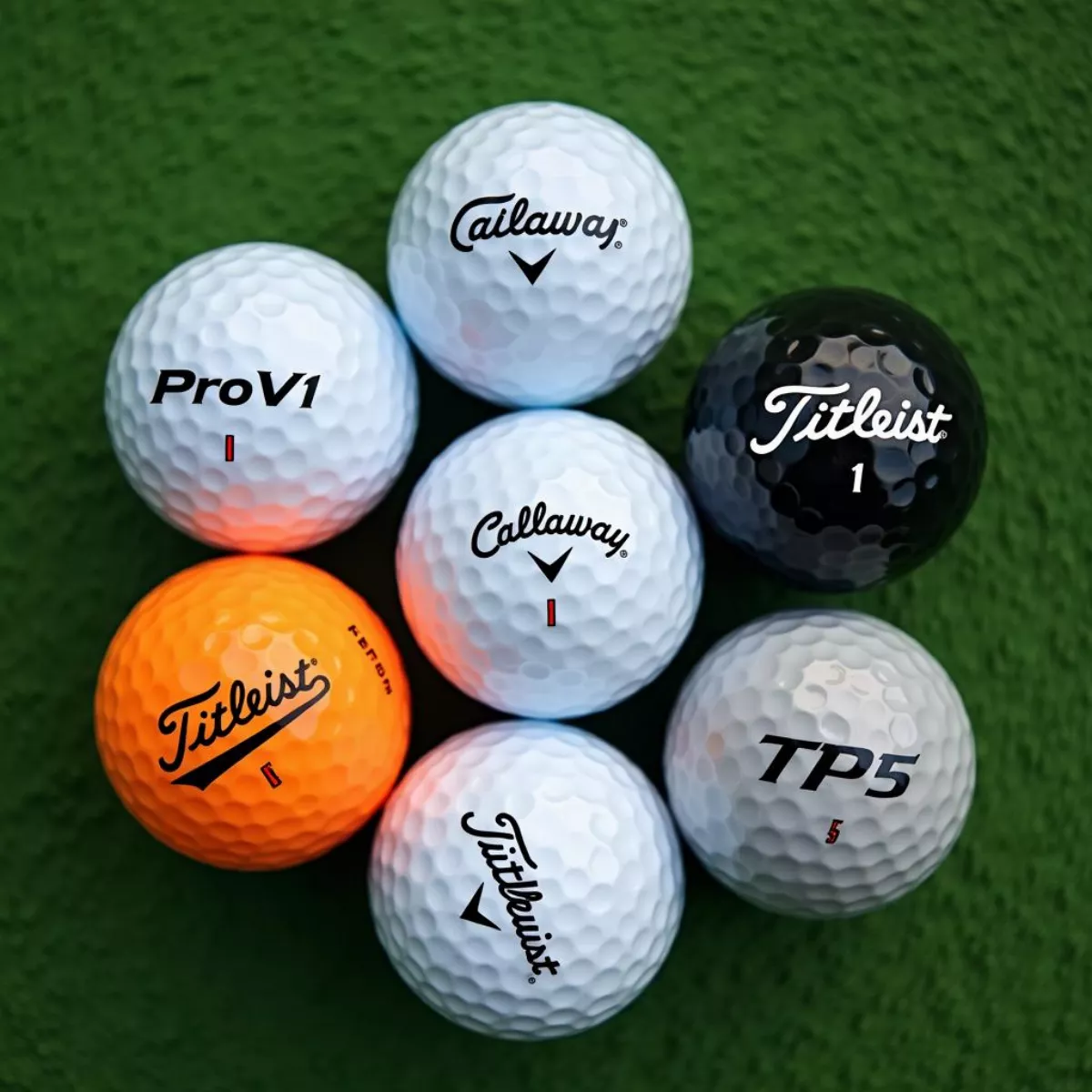 Golf Balls on Green
Golf Balls on Green
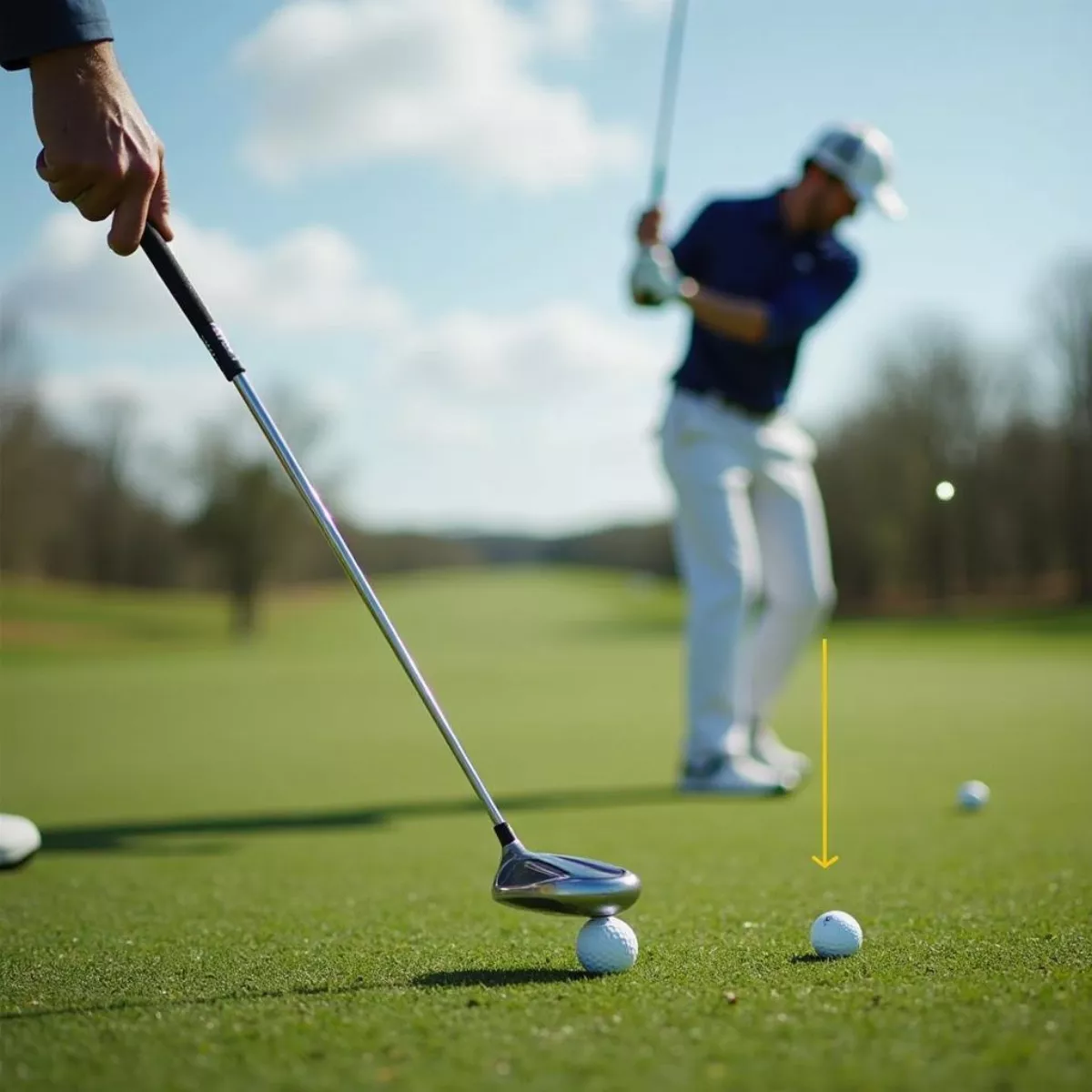 Golfer Hitting Approach Shot with Chrome Soft X
Golfer Hitting Approach Shot with Chrome Soft X Chrome Soft X Triple Track Ball Flight
Chrome Soft X Triple Track Ball Flight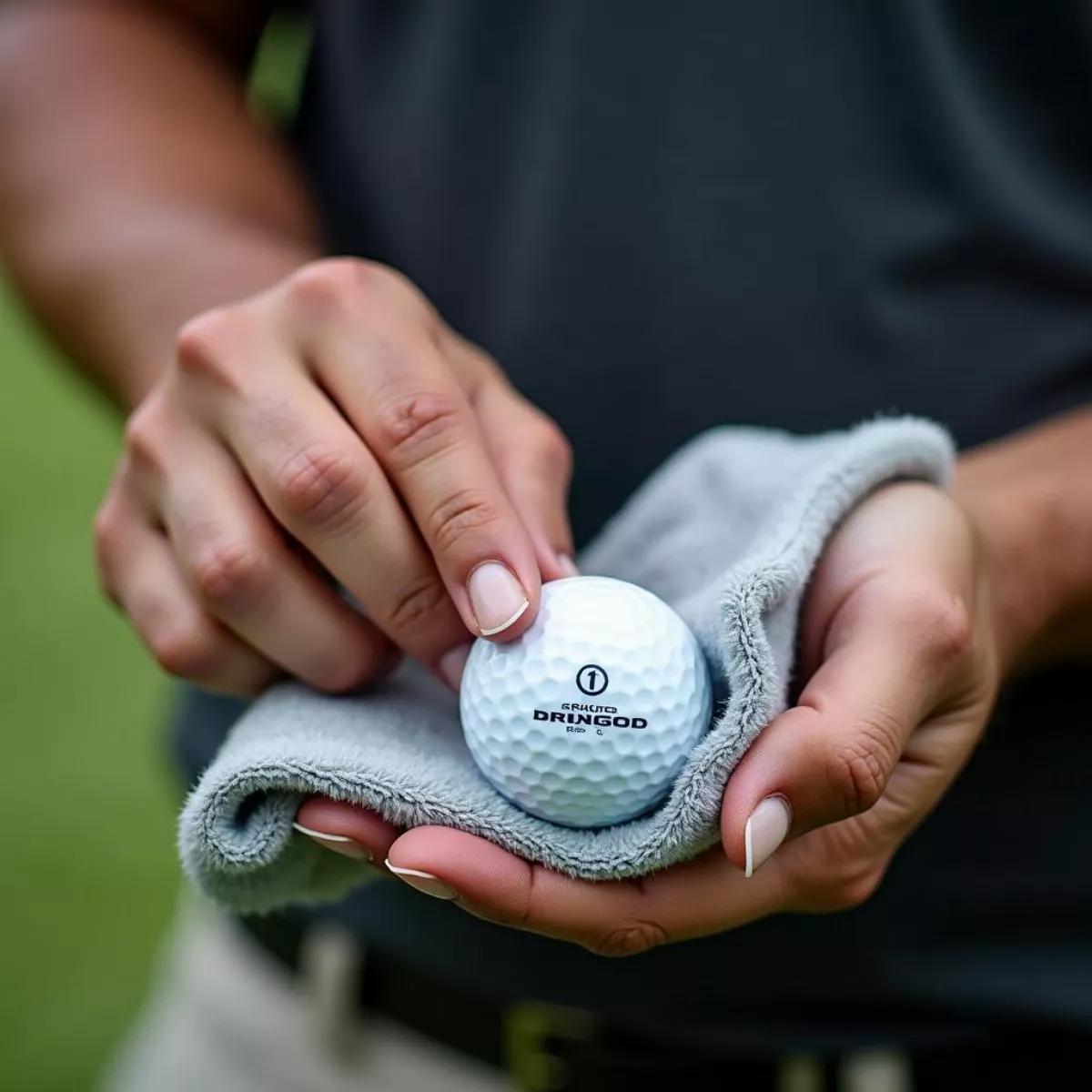 Cleaning Chrome Soft X Golf Balls
Cleaning Chrome Soft X Golf Balls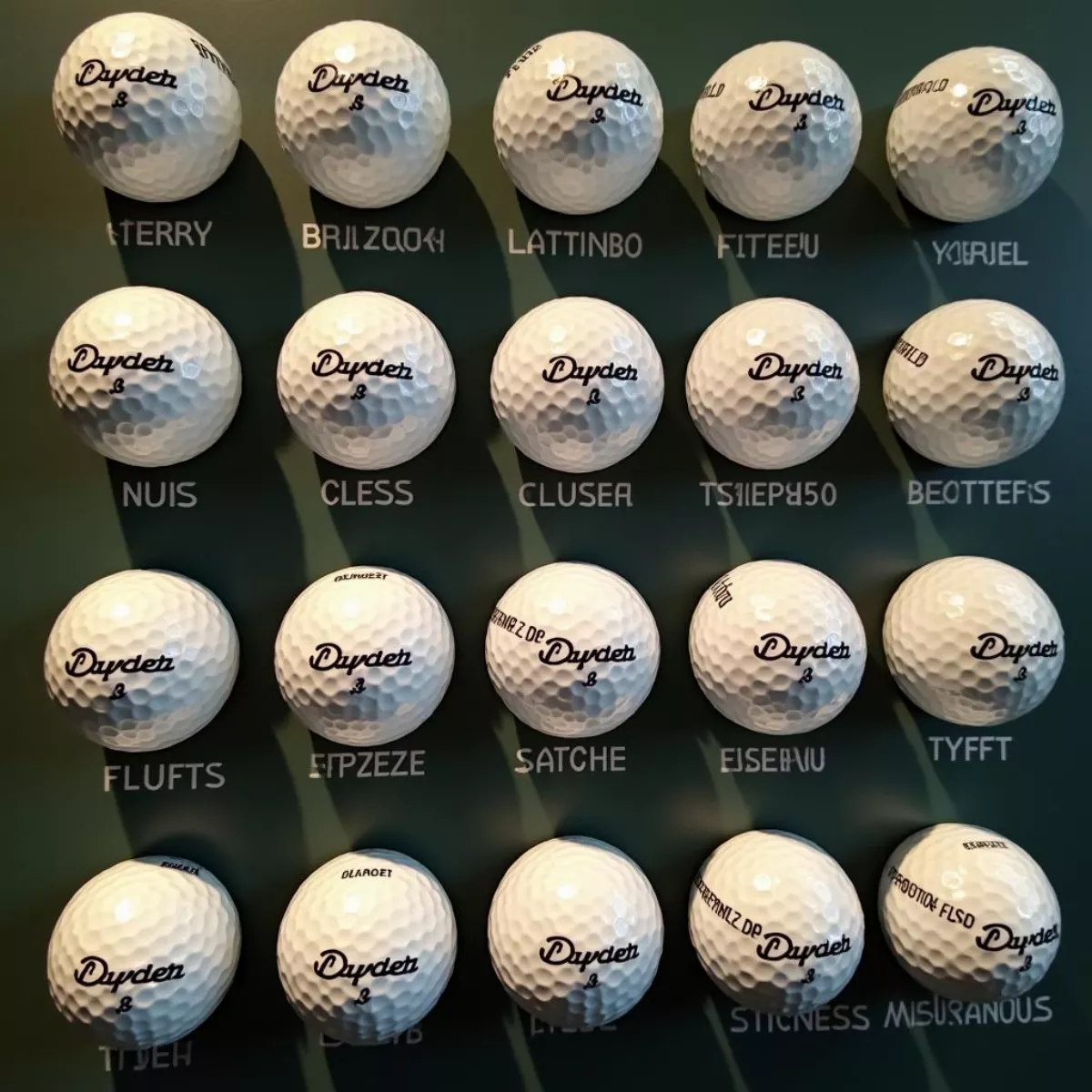
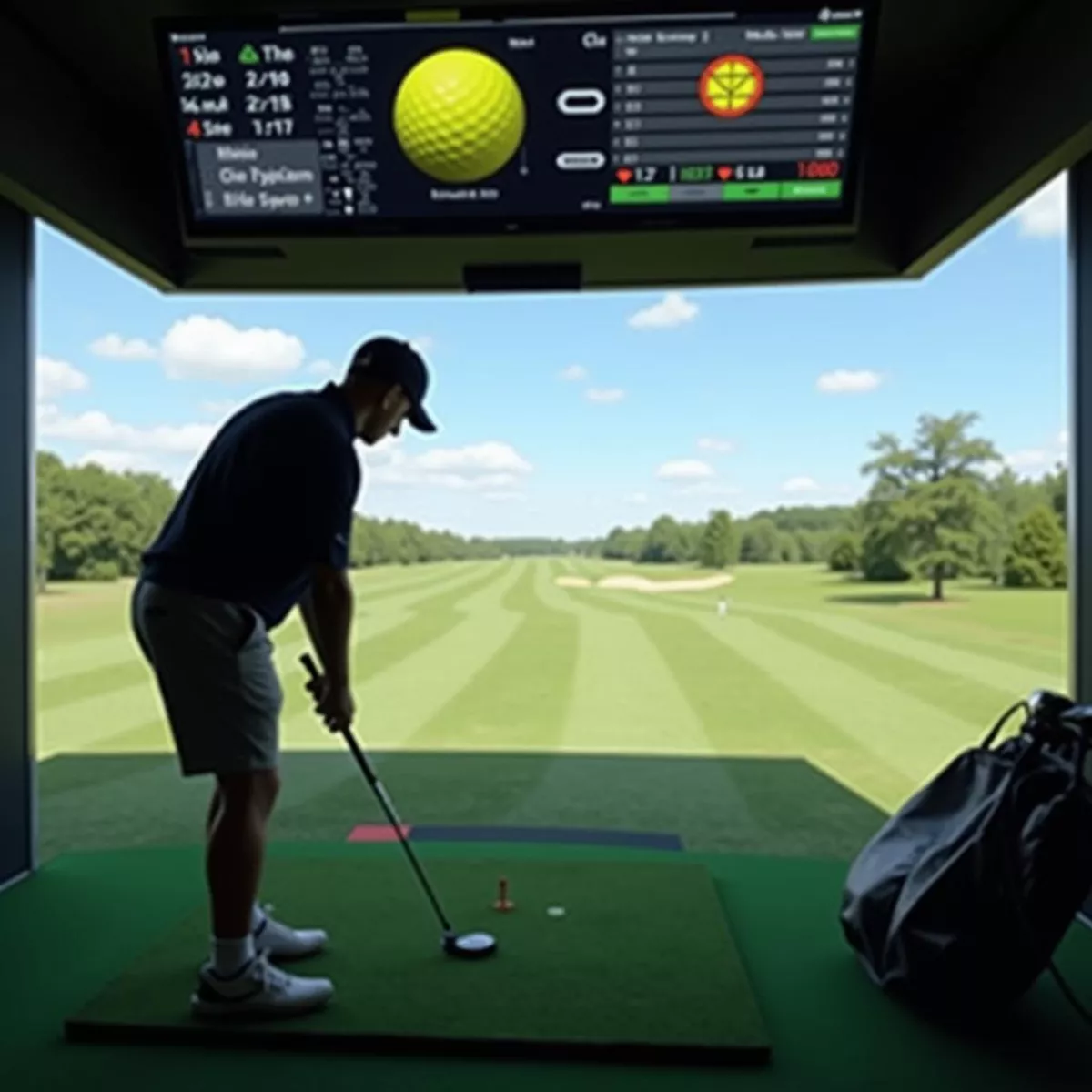 Golfer Testing Golf Balls
Golfer Testing Golf Balls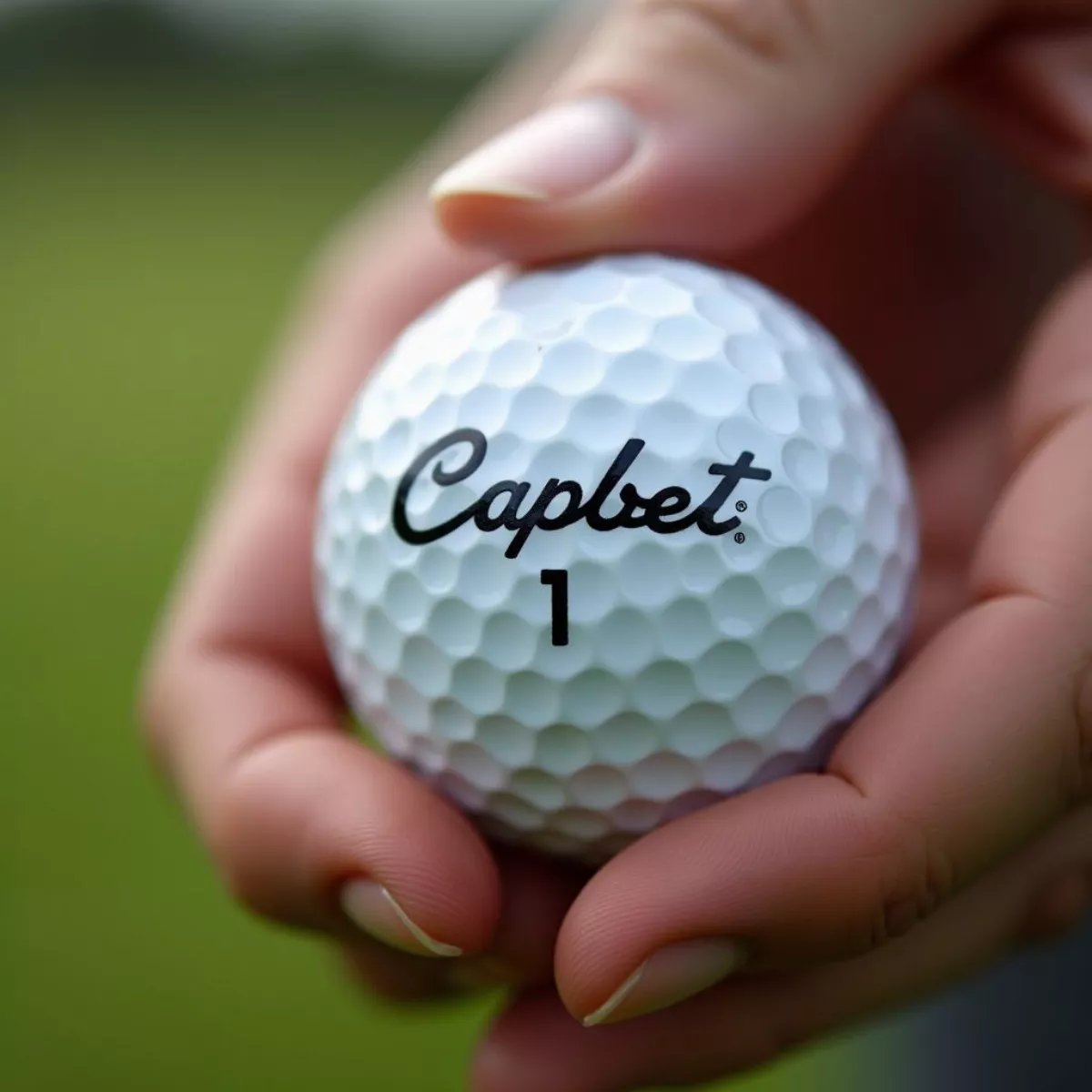 Golfer Choosing Golf Balls
Golfer Choosing Golf Balls
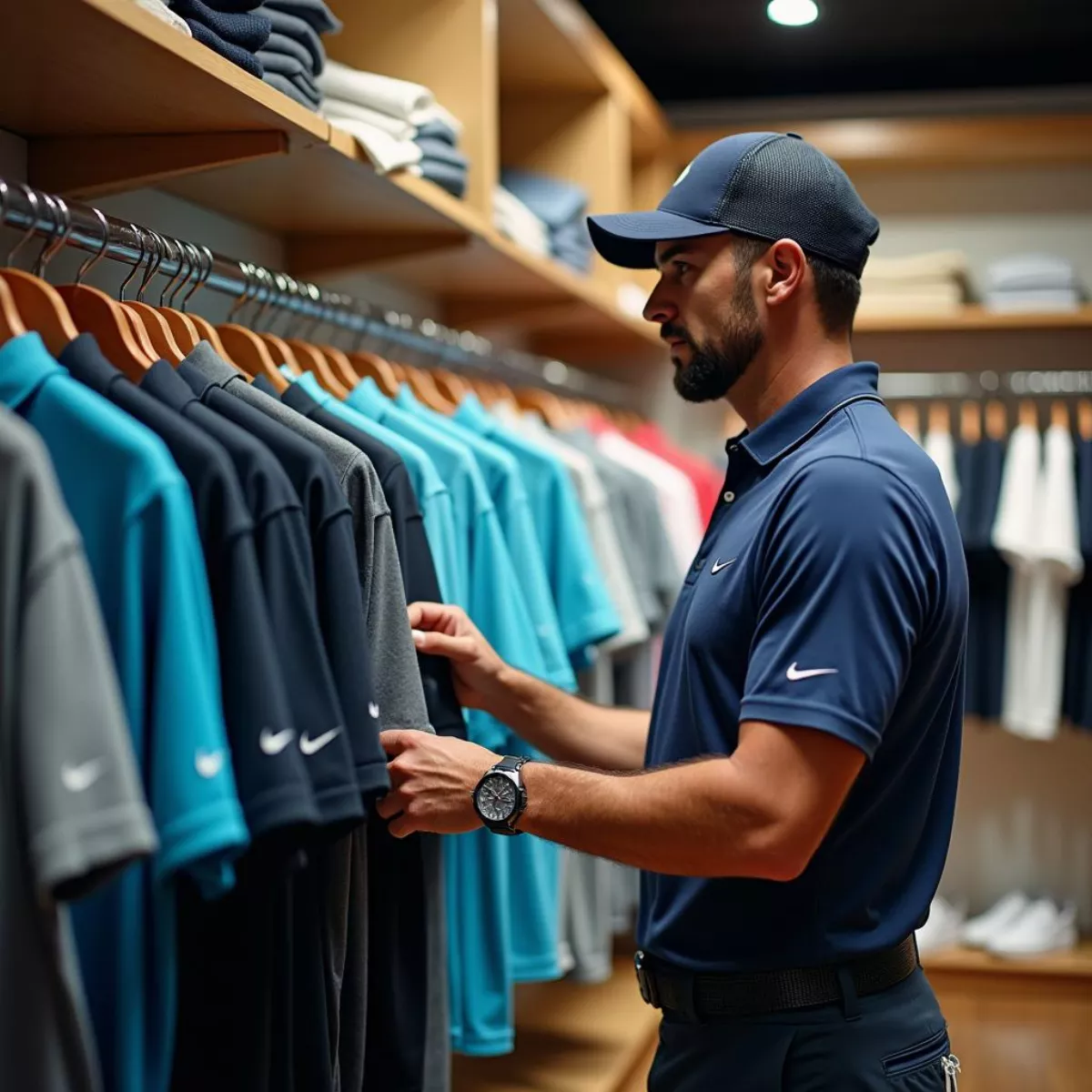 Golfer Selecting Nike Shirt
Golfer Selecting Nike Shirt Different Styles of Nike Golf Shirts
Different Styles of Nike Golf Shirts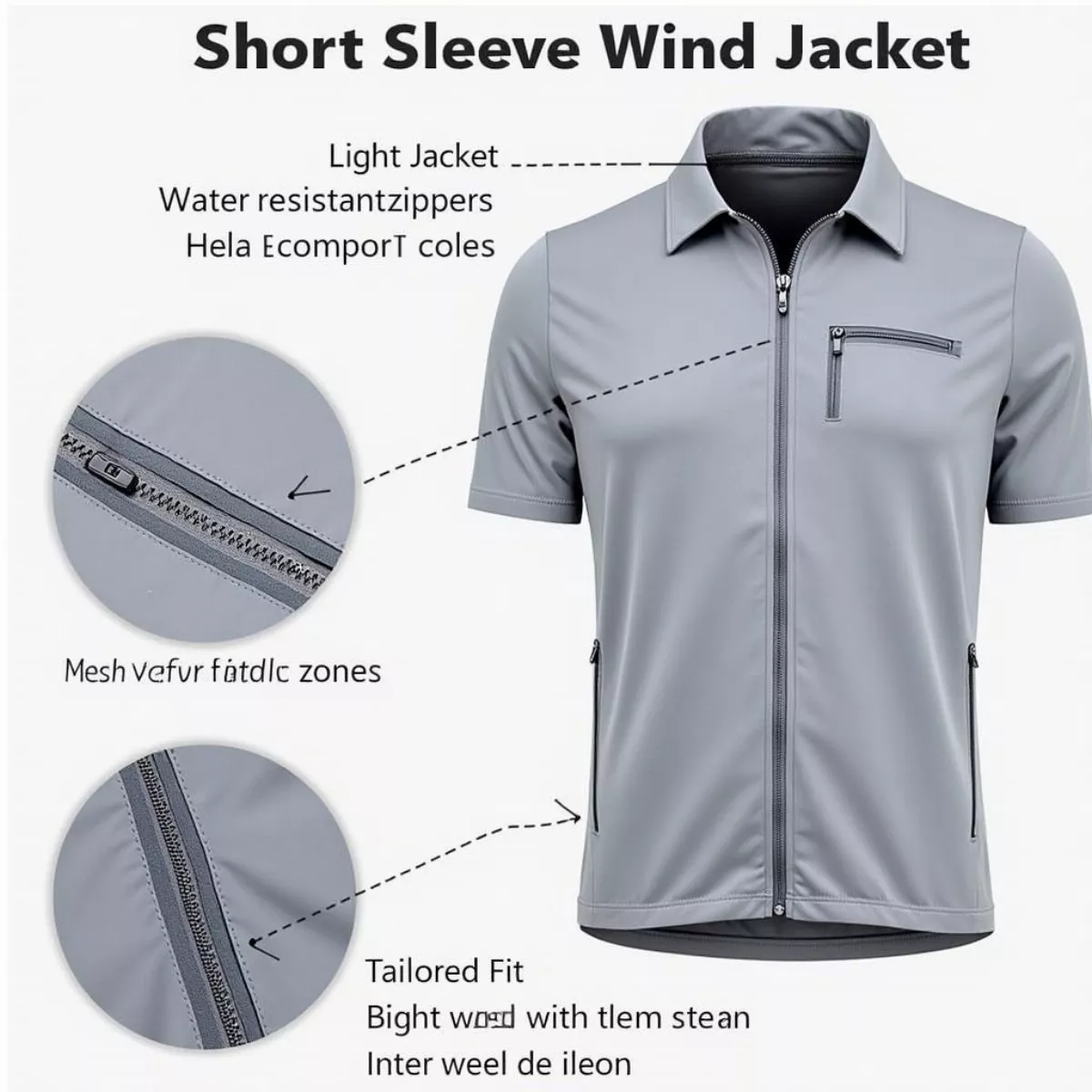
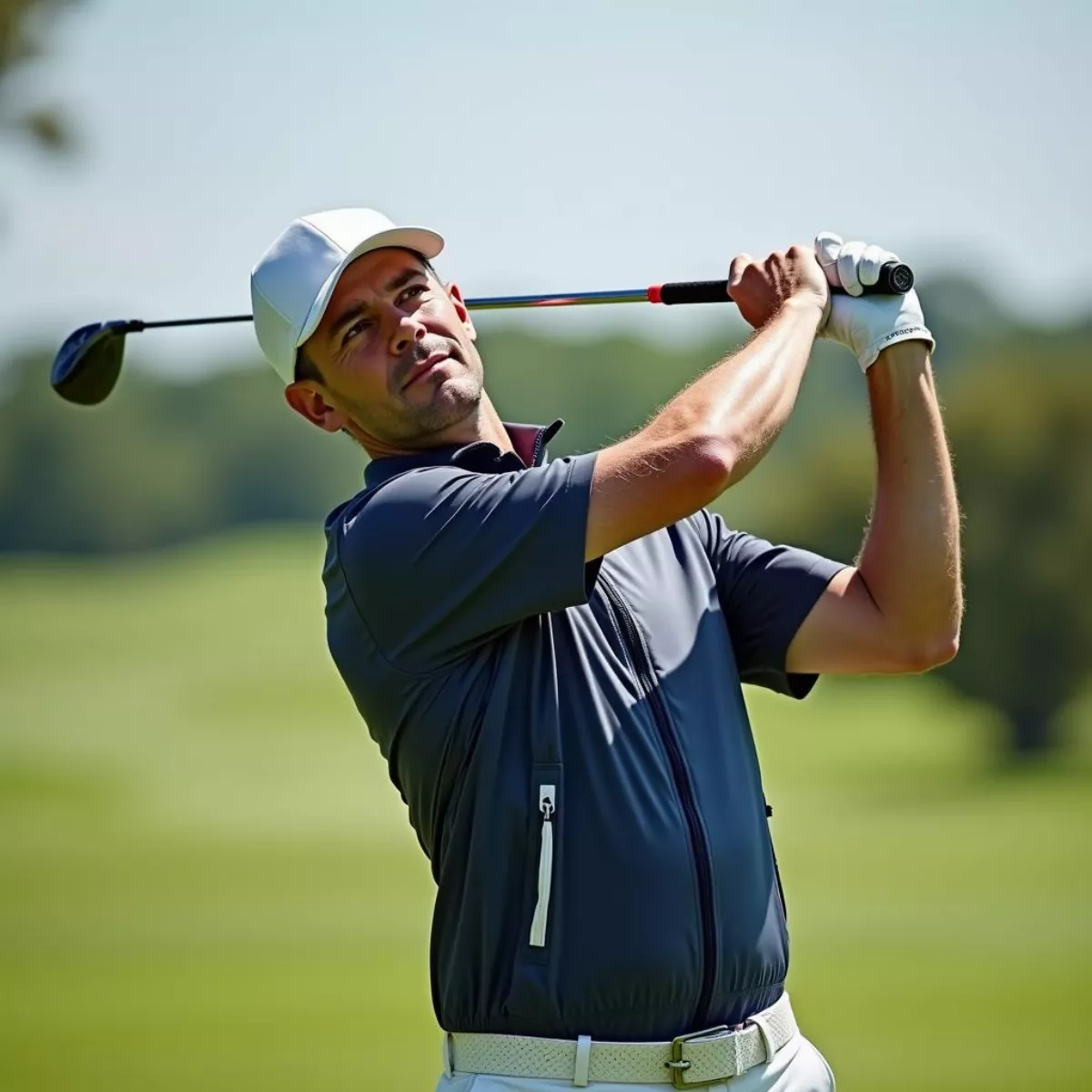 Golfer wearing a wind jacket on the course
Golfer wearing a wind jacket on the course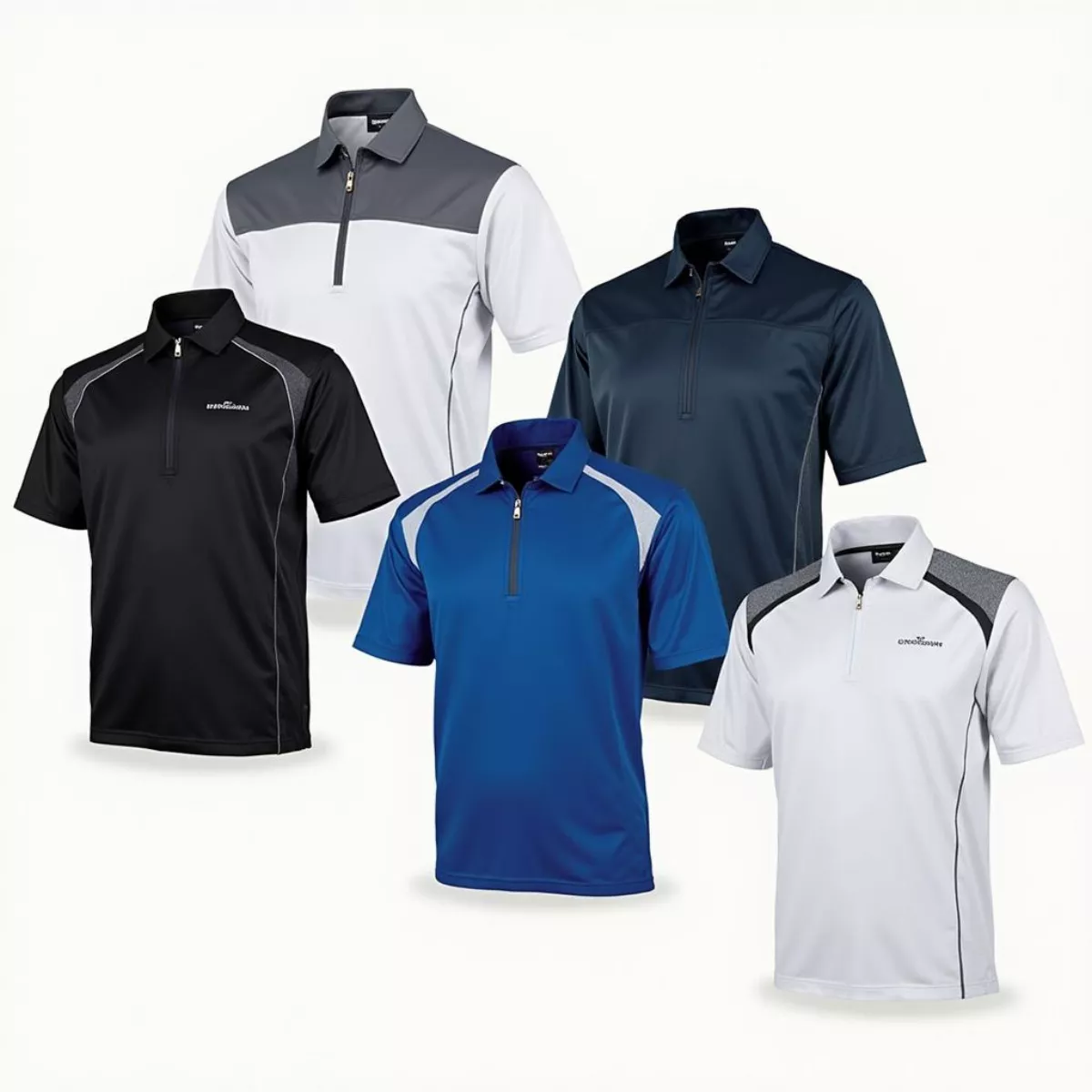 Different styles of golf wind jackets
Different styles of golf wind jackets
 Family Fun at Topgolf
Family Fun at Topgolf Topgolf Venue Atmosphere
Topgolf Venue Atmosphere
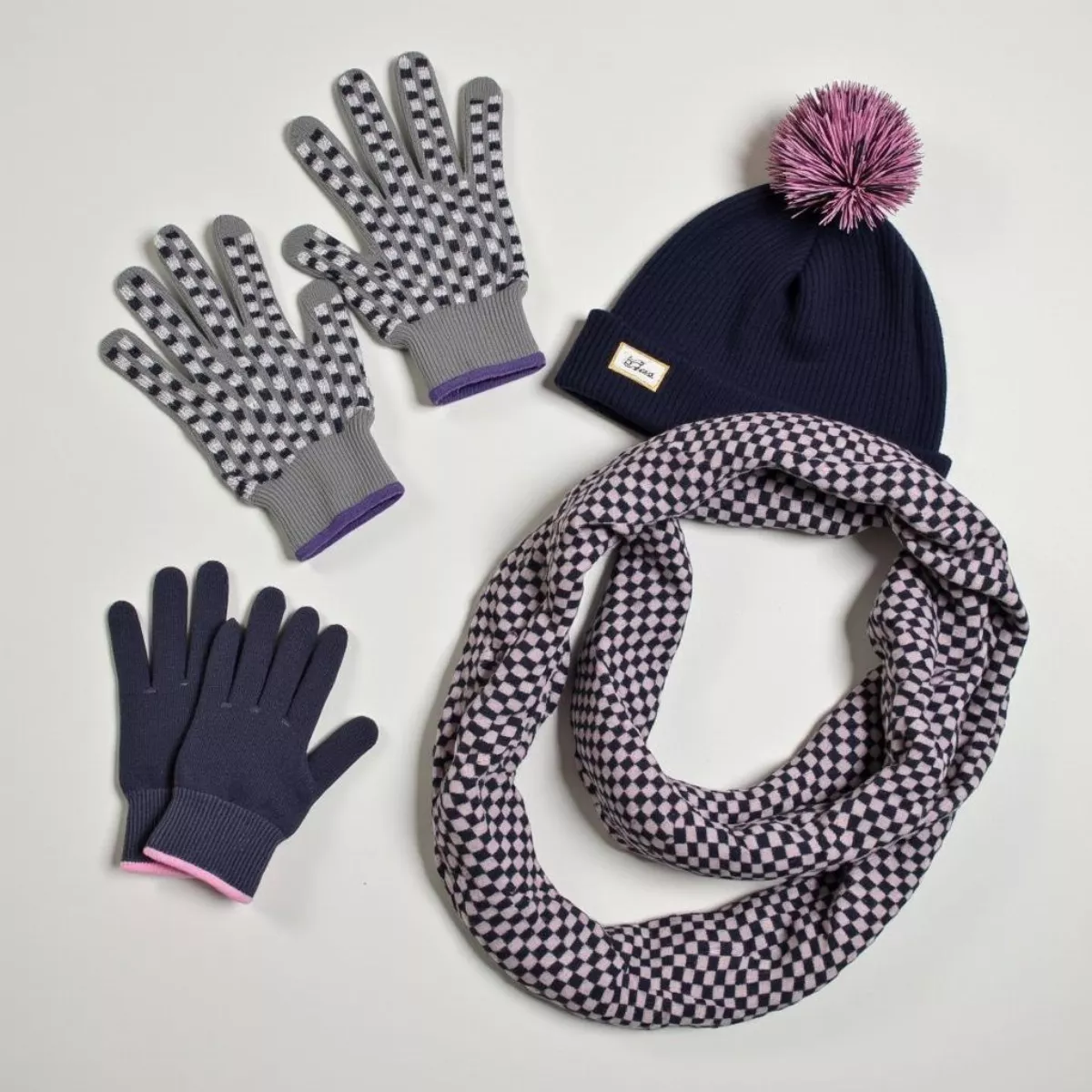 Essential winter golf accessories for women
Essential winter golf accessories for women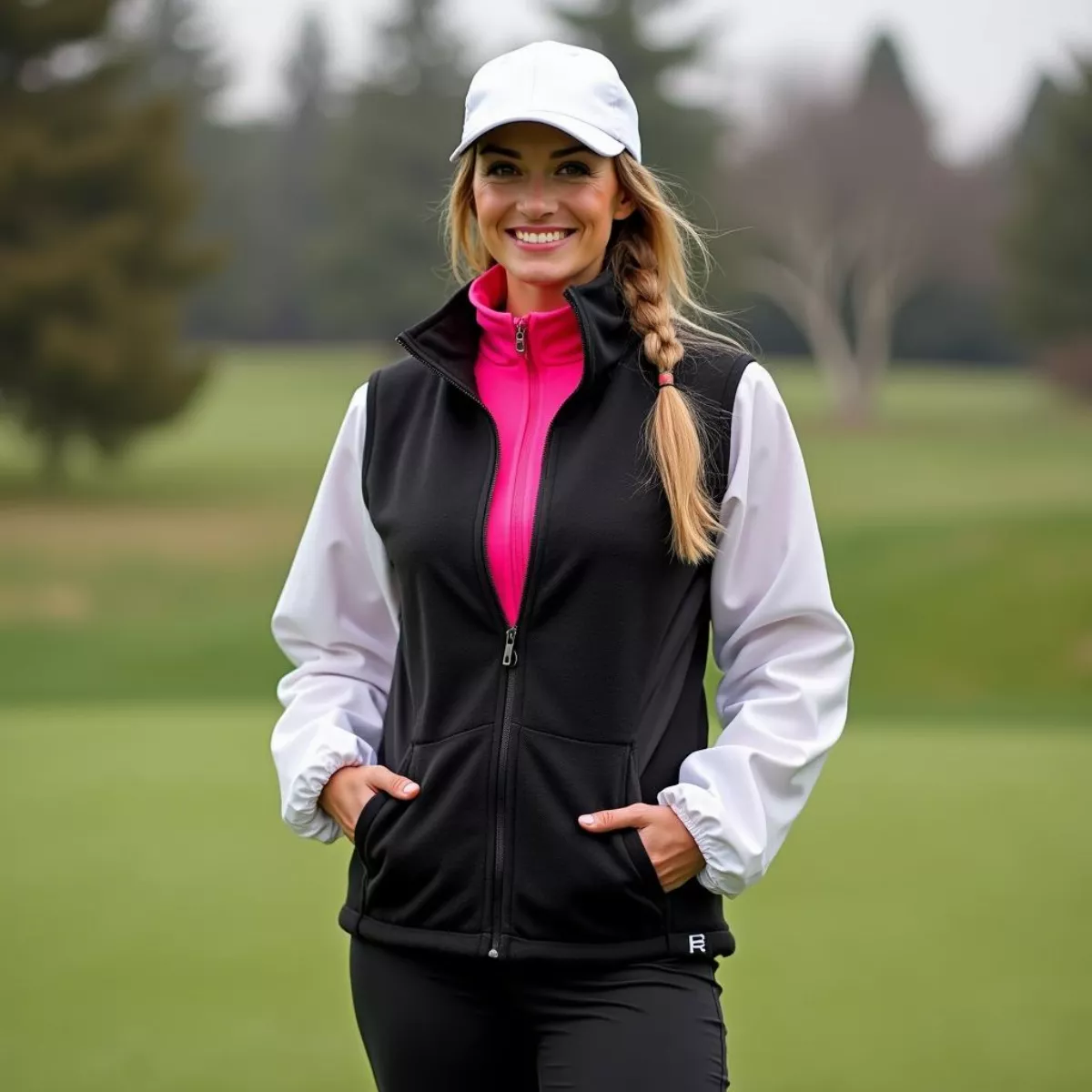 A woman golfer showcasing a stylish winter golf outfit
A woman golfer showcasing a stylish winter golf outfit
 Winter Golf Pants Fabric Technology
Winter Golf Pants Fabric Technology Golf Swing in Winter Clothing
Golf Swing in Winter Clothing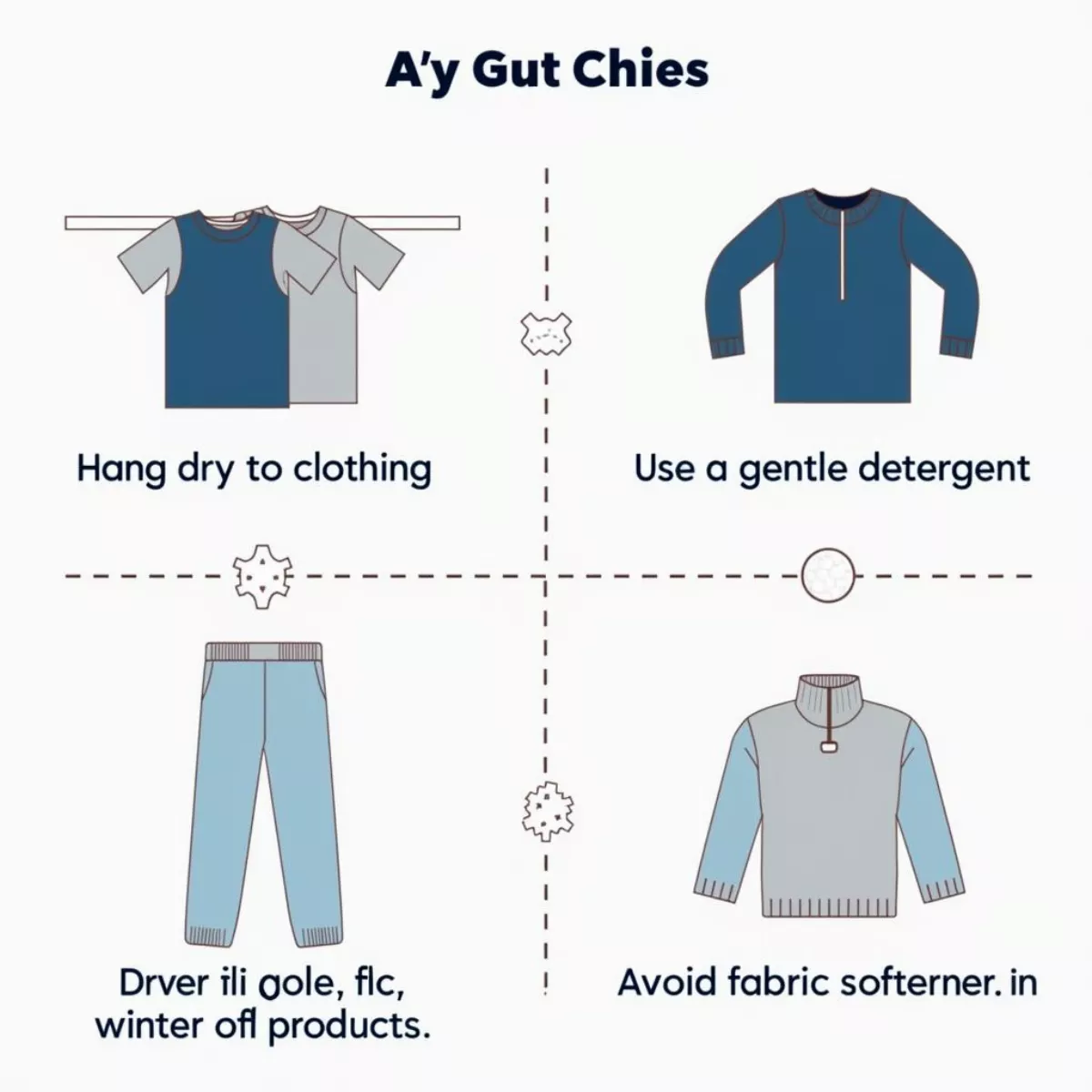 Winter Golf Apparel Care
Winter Golf Apparel Care